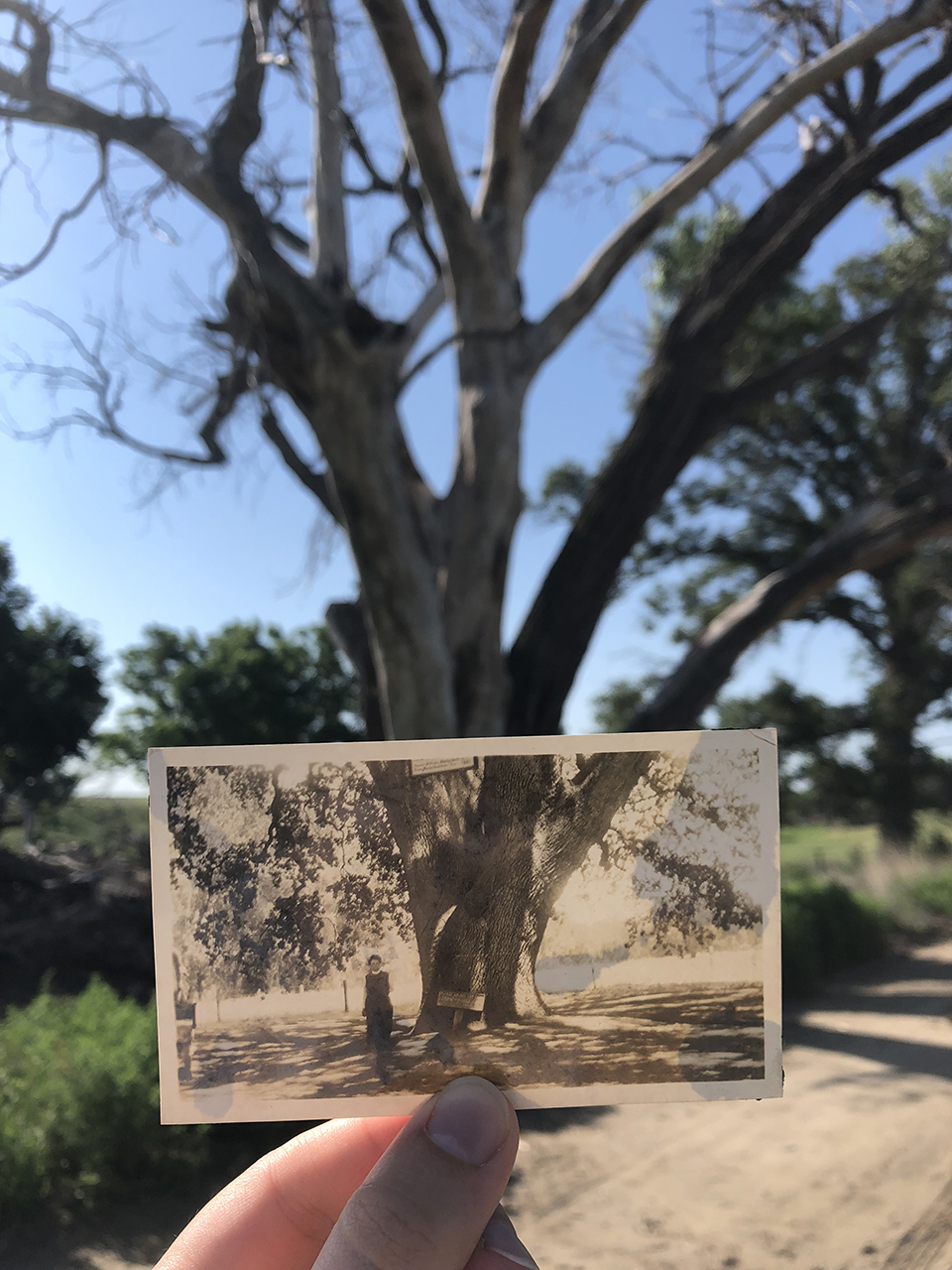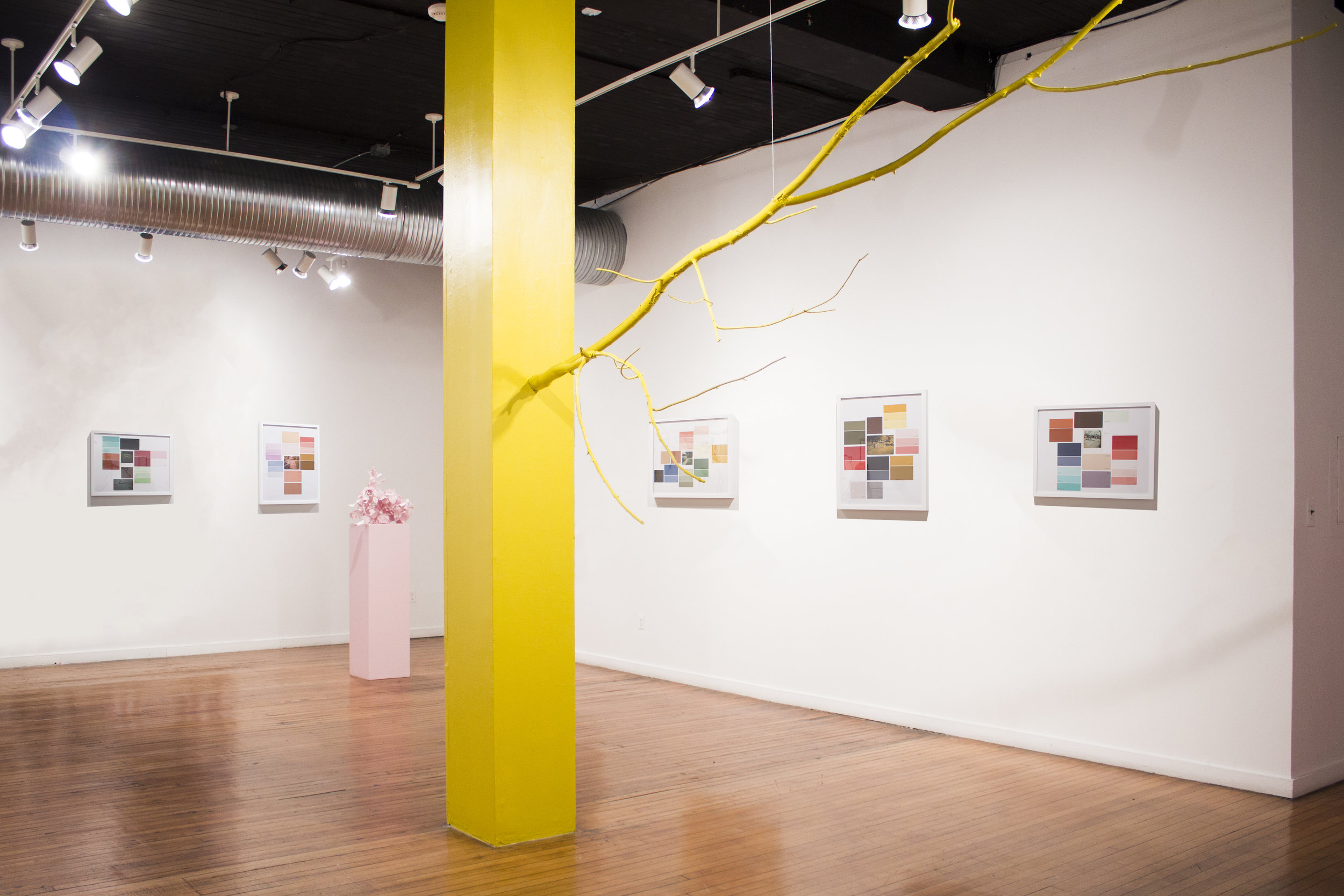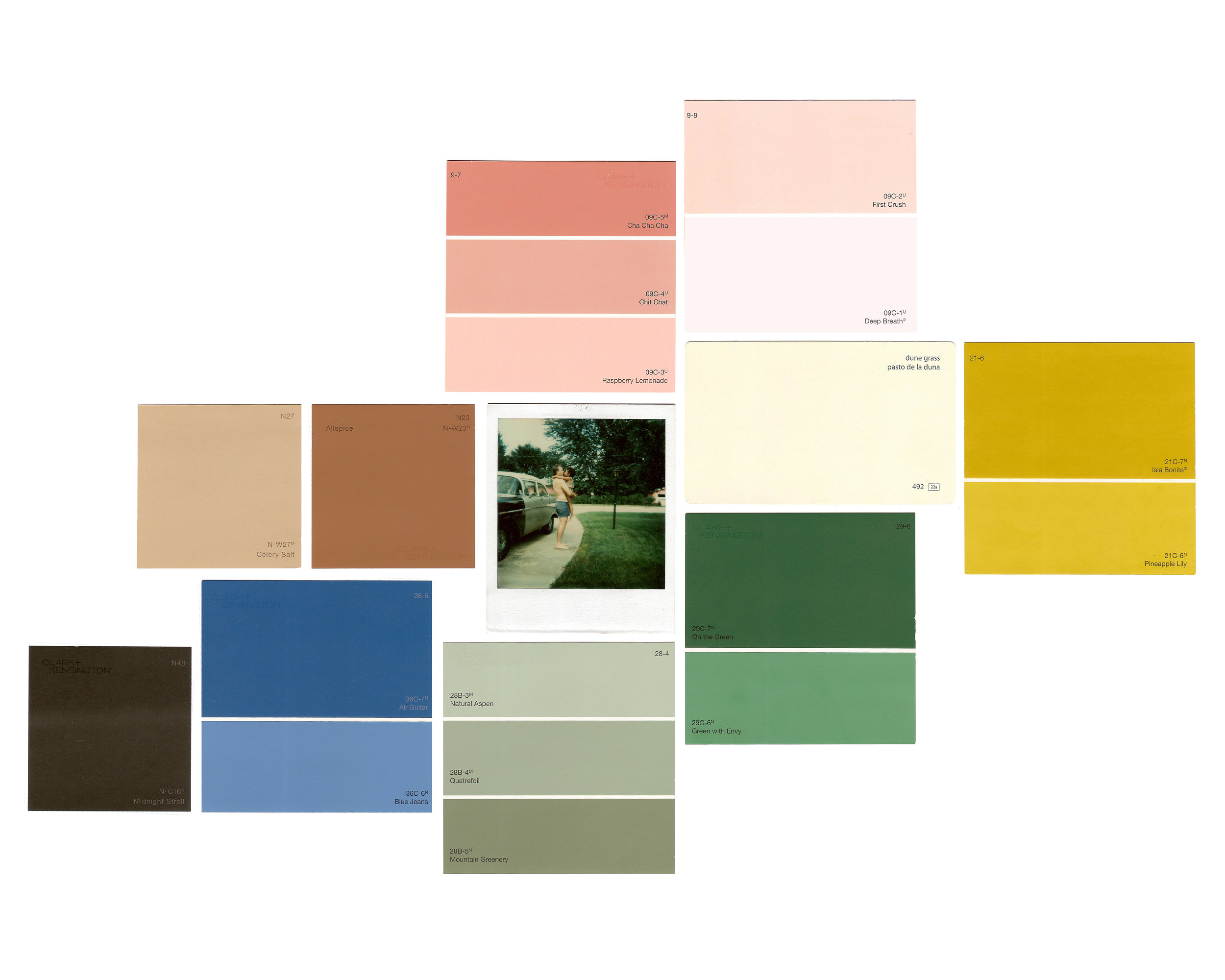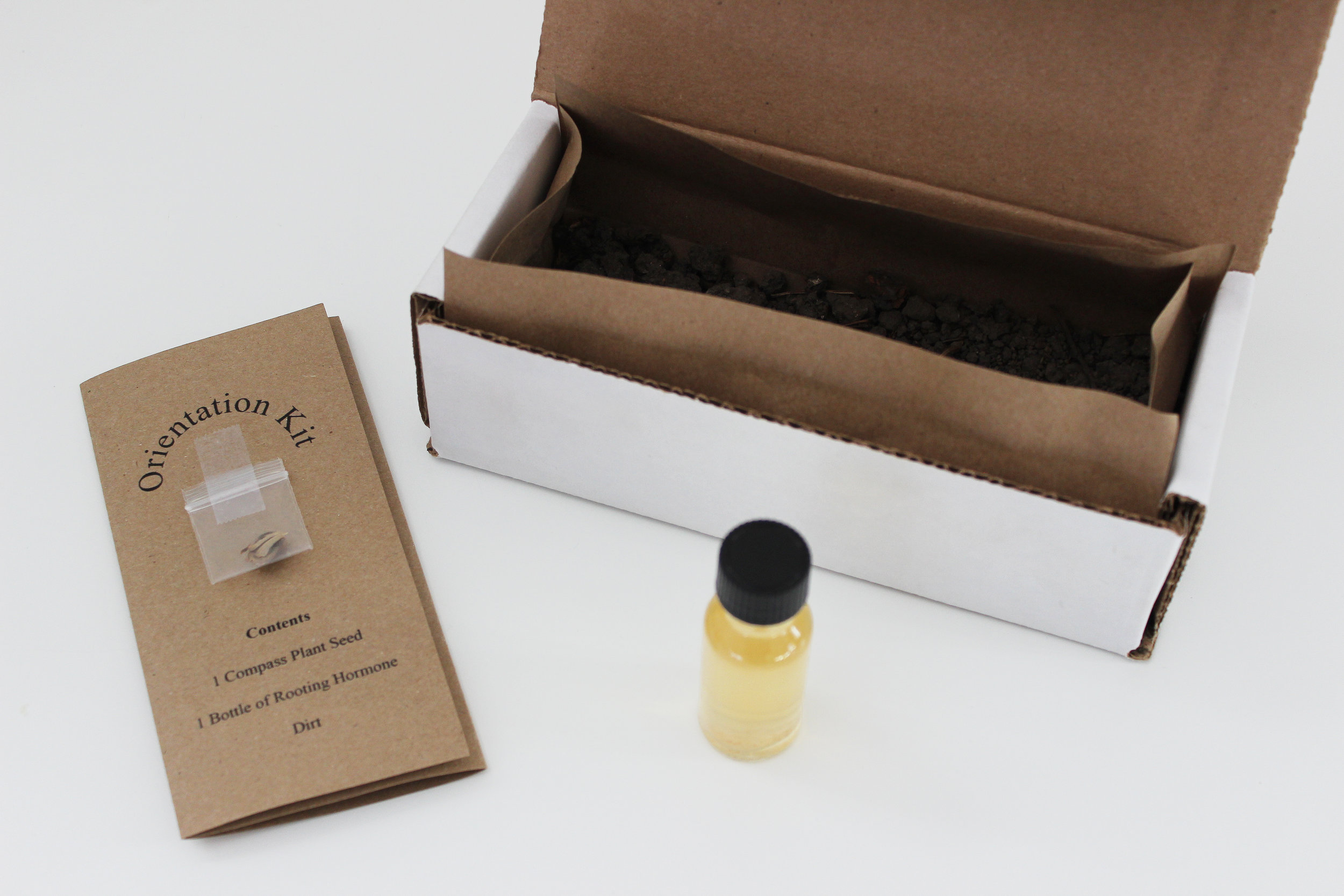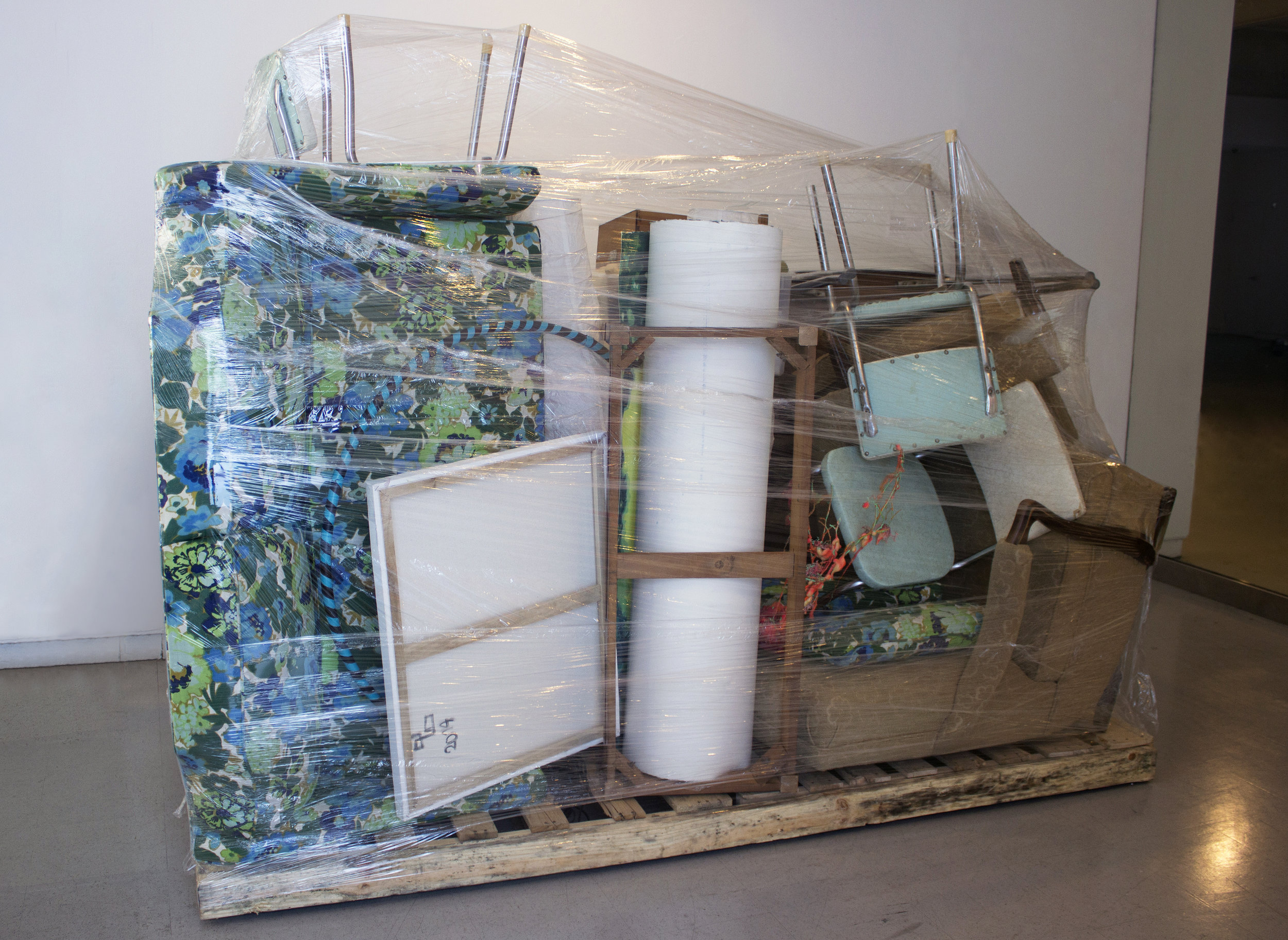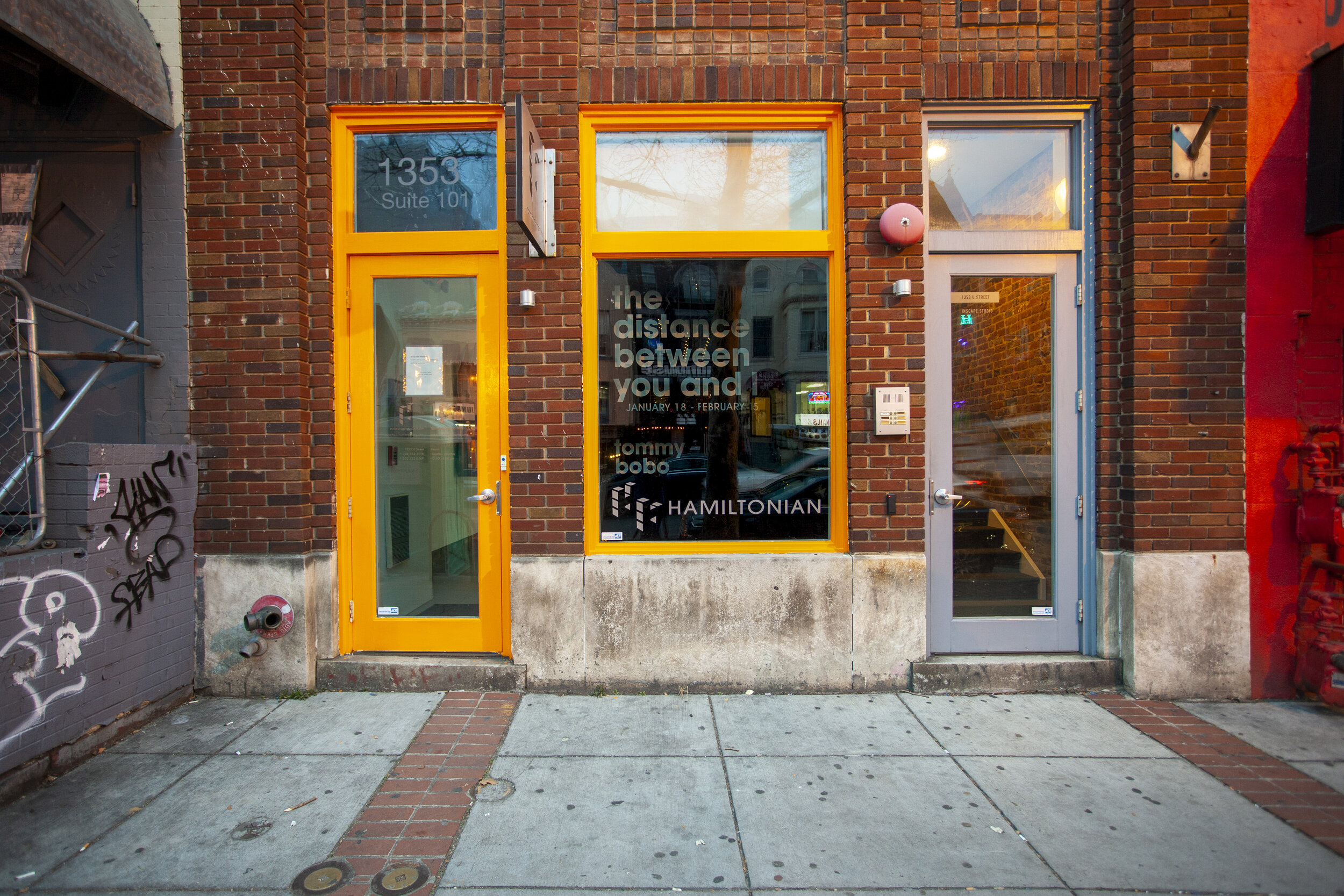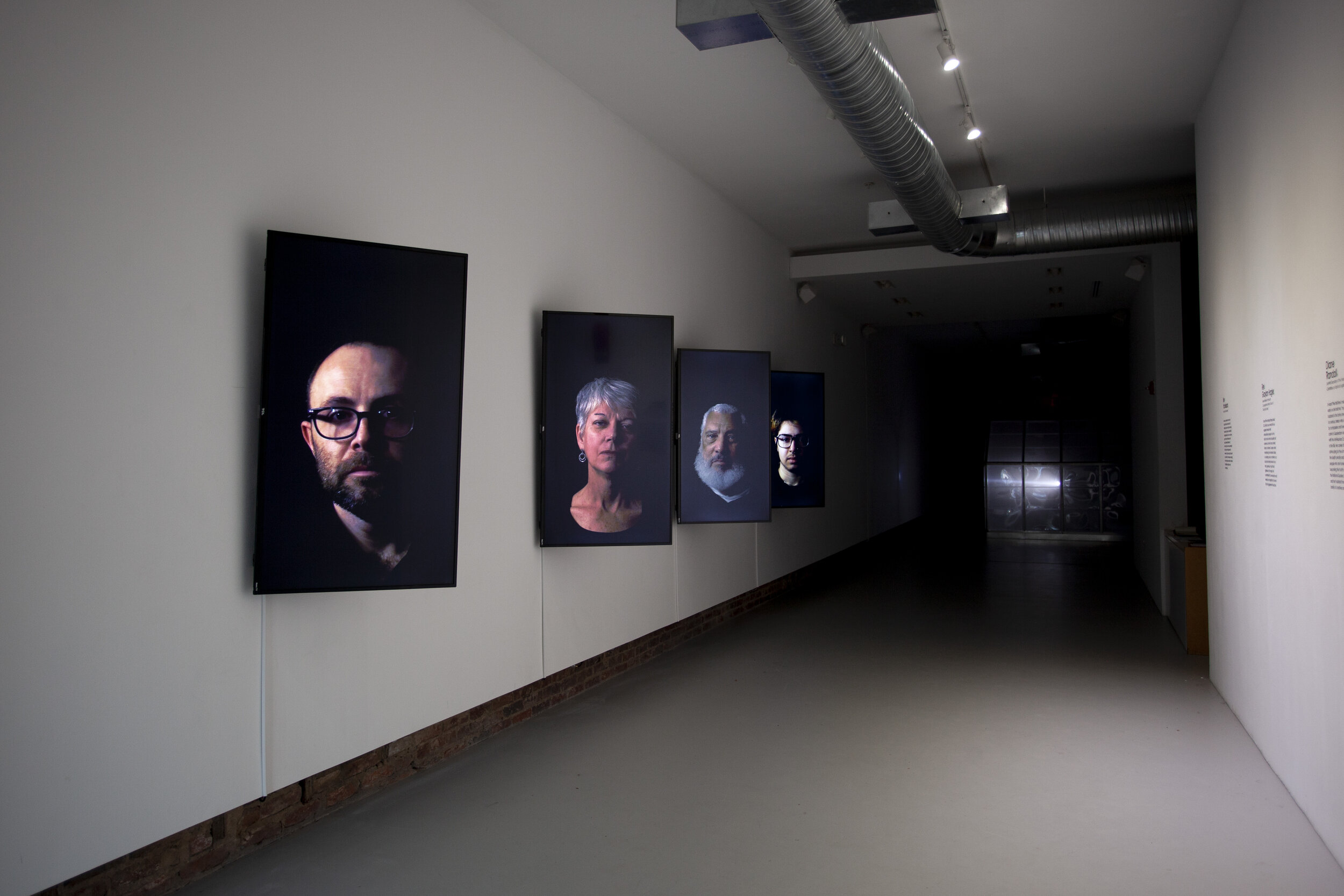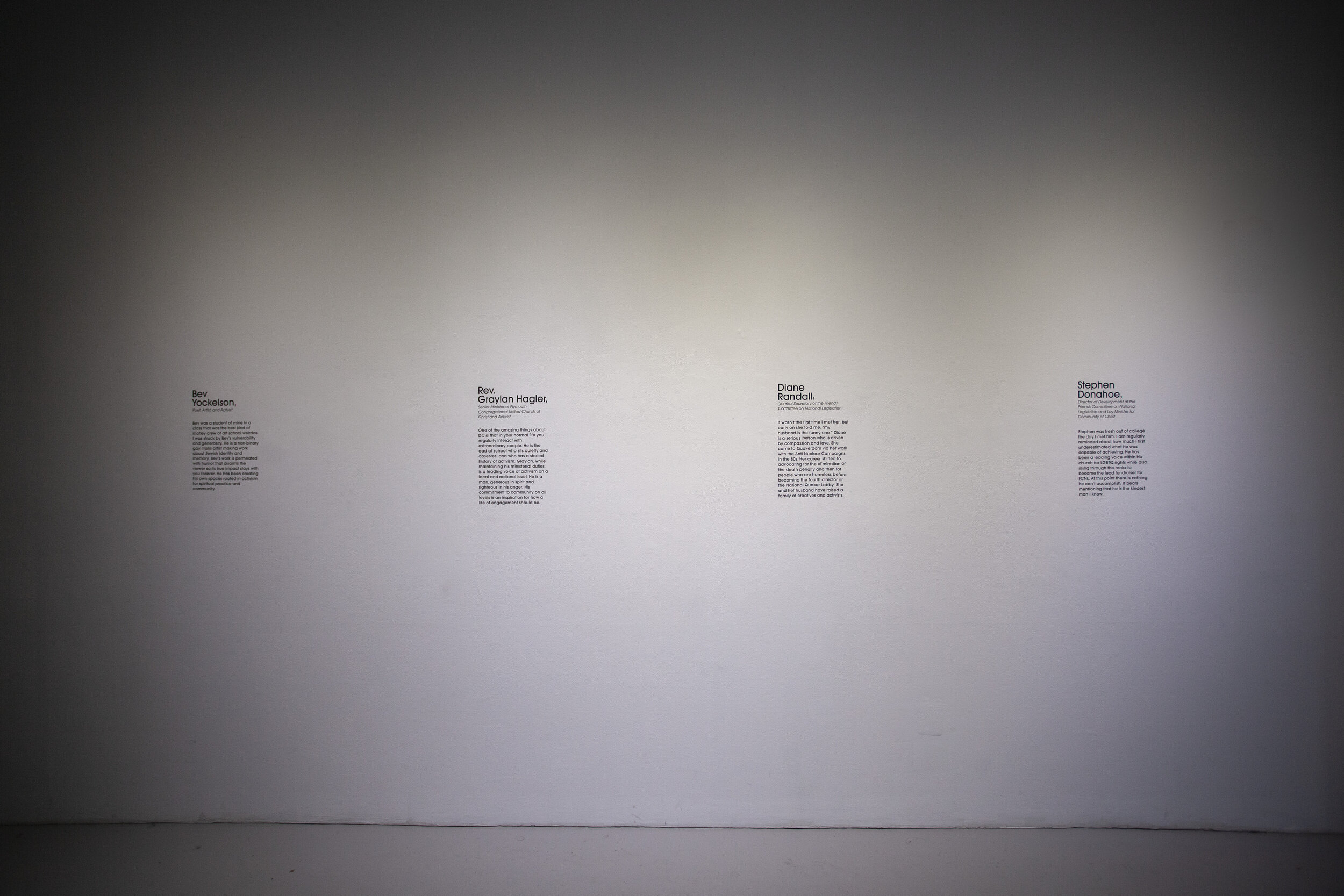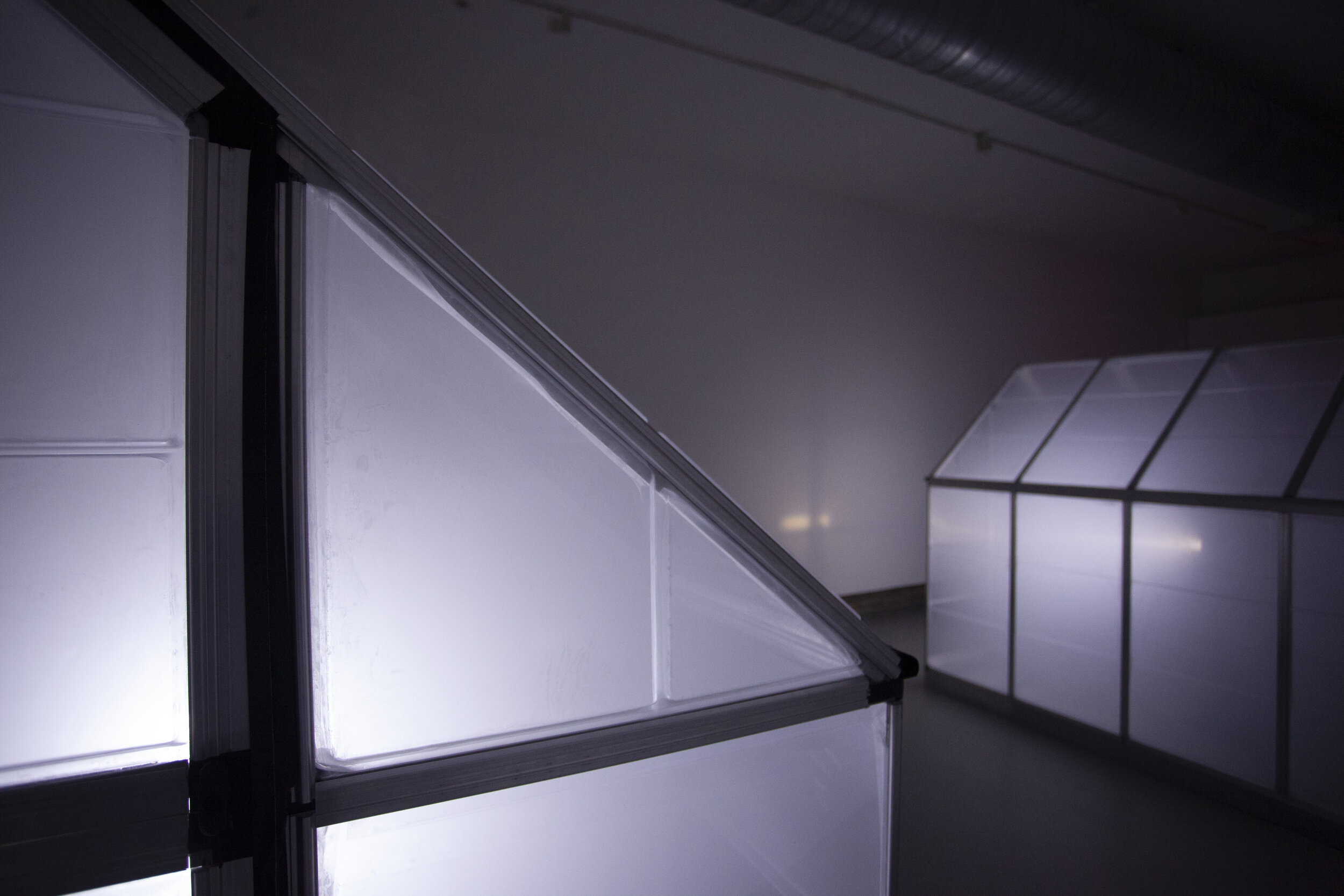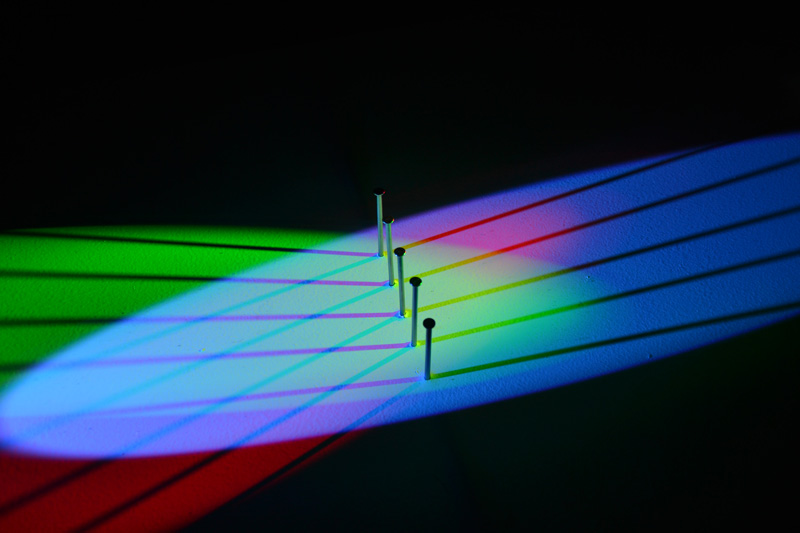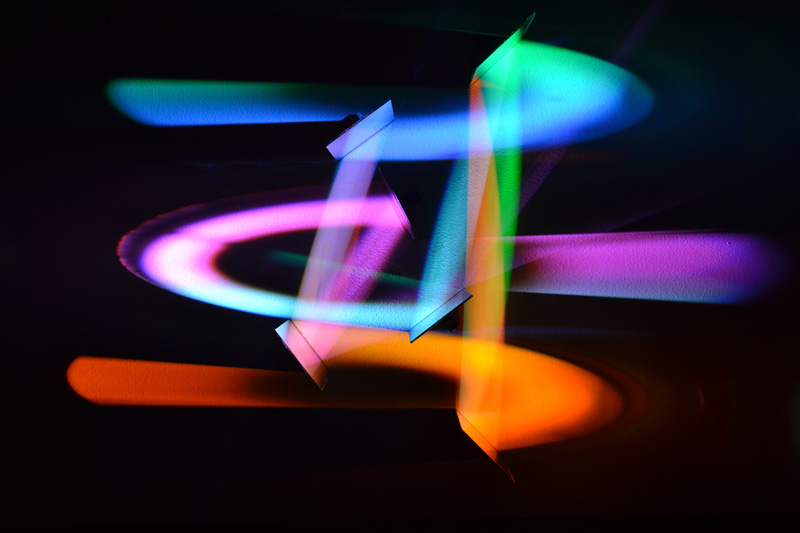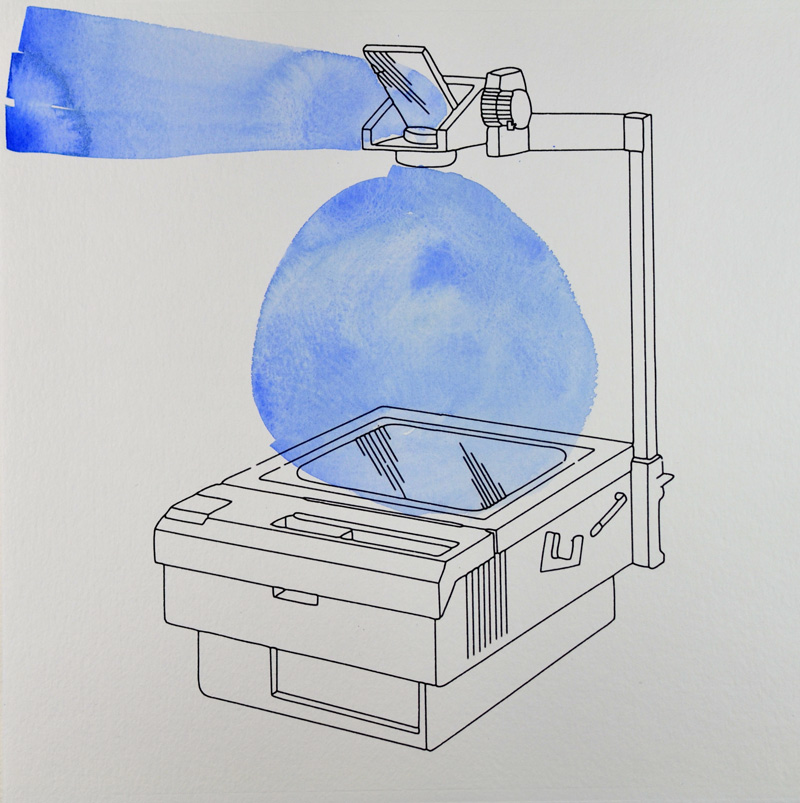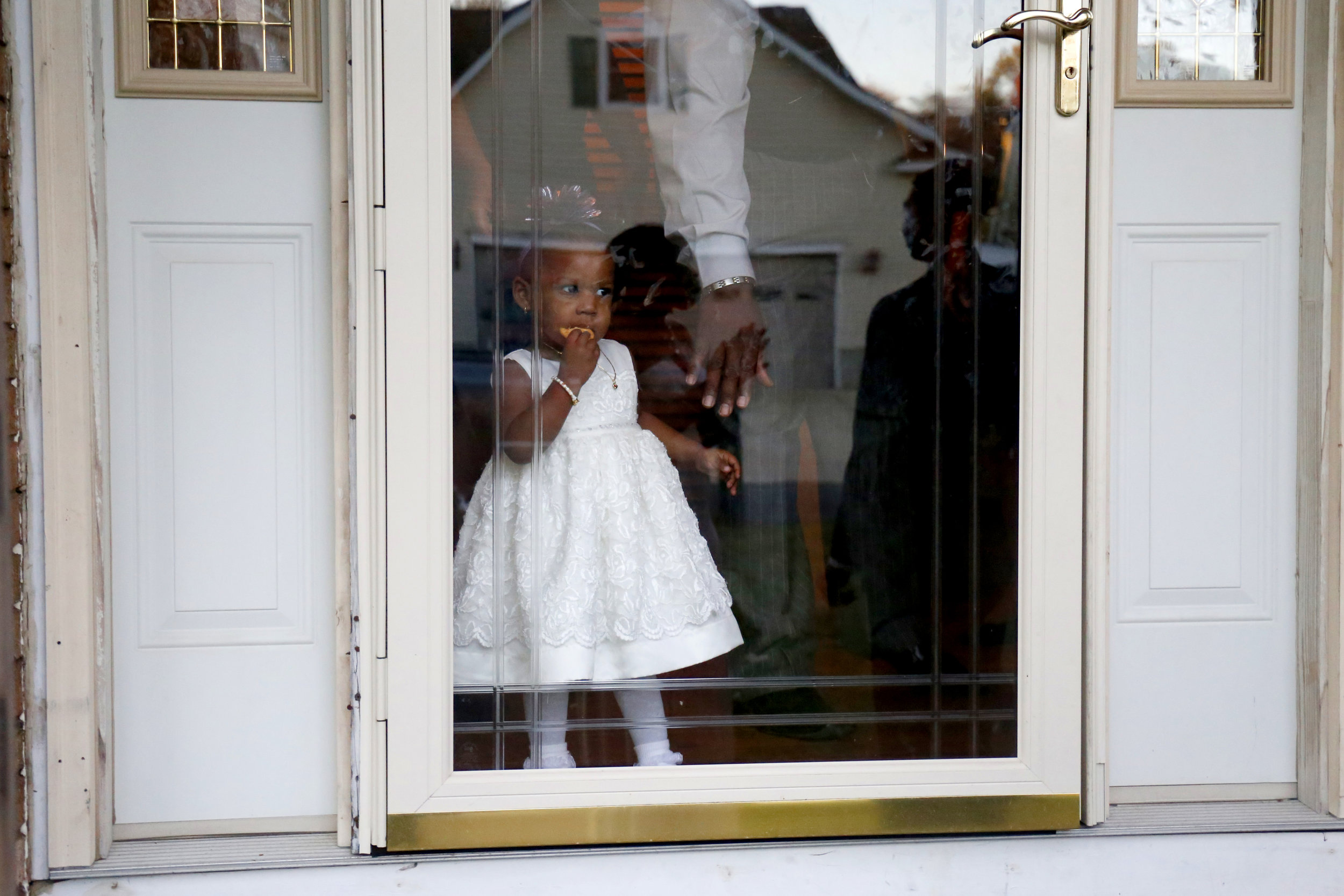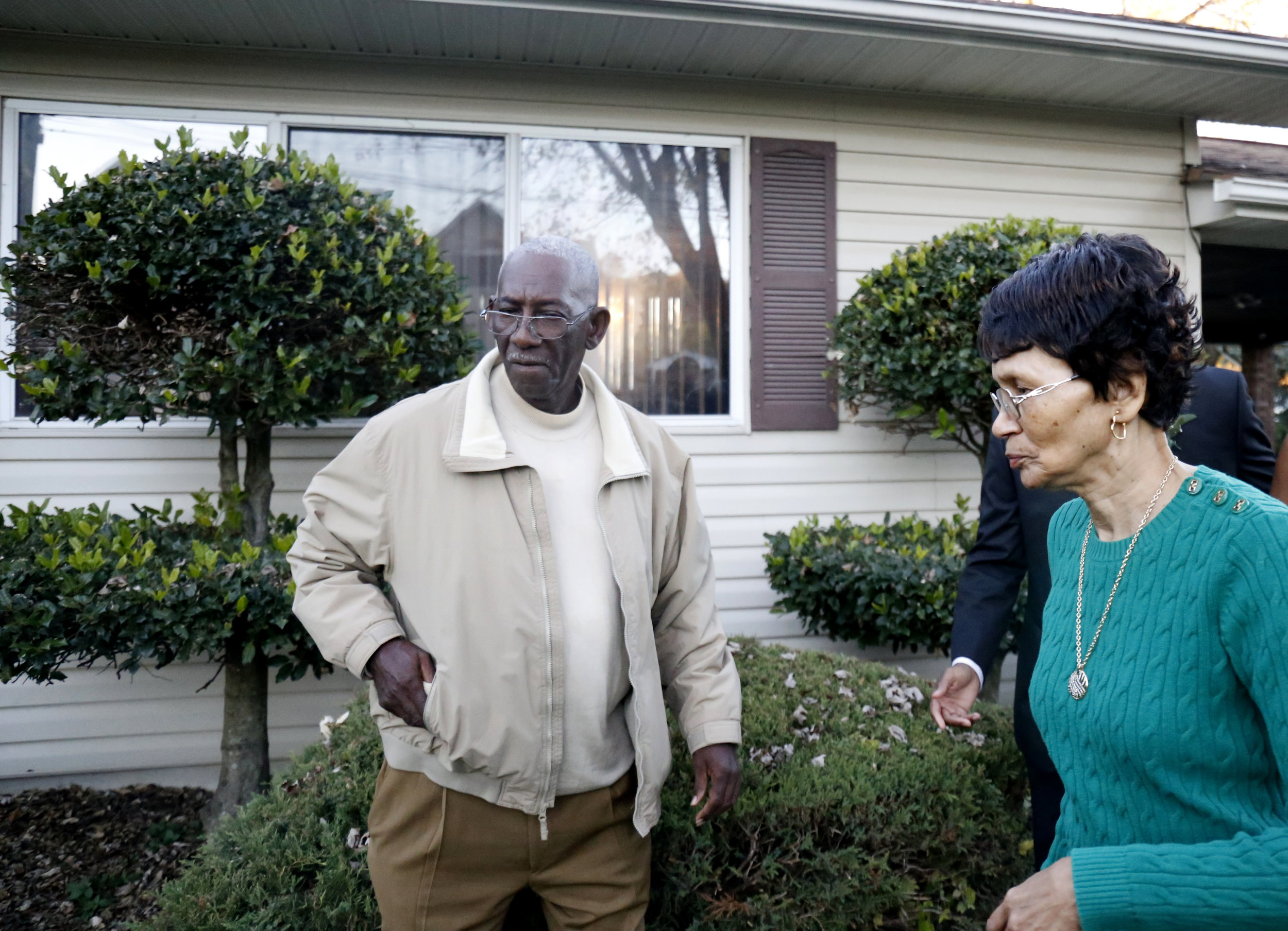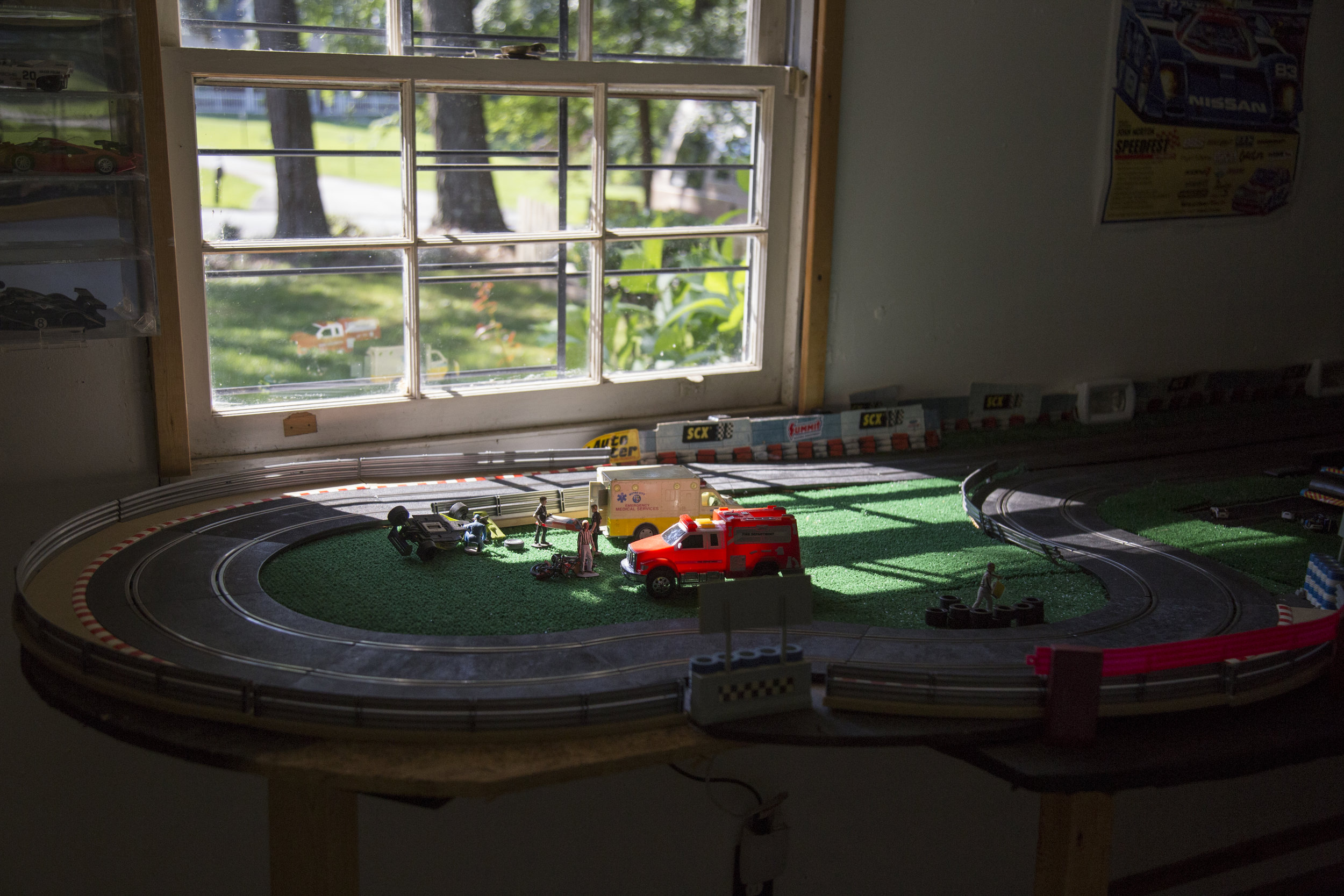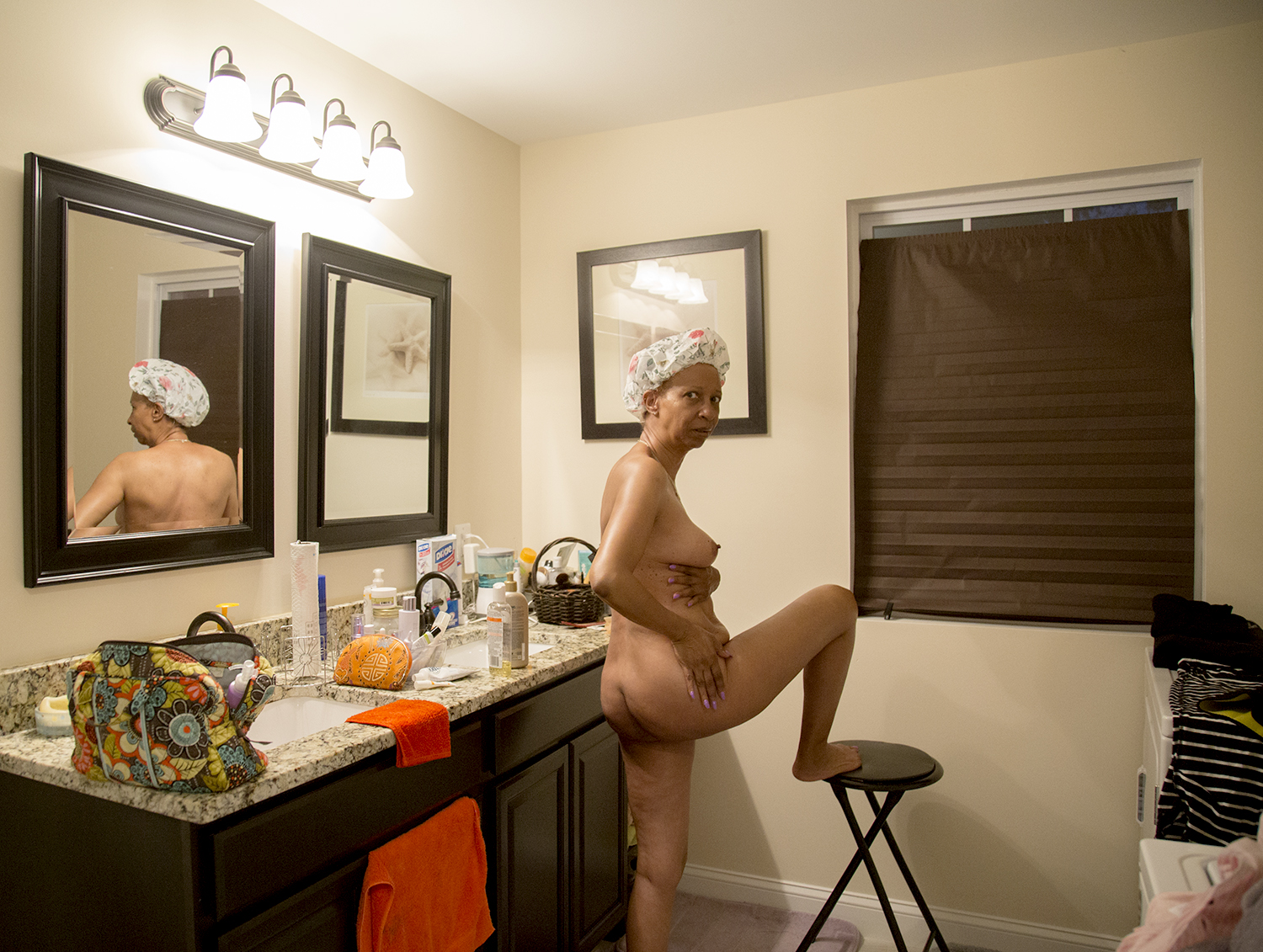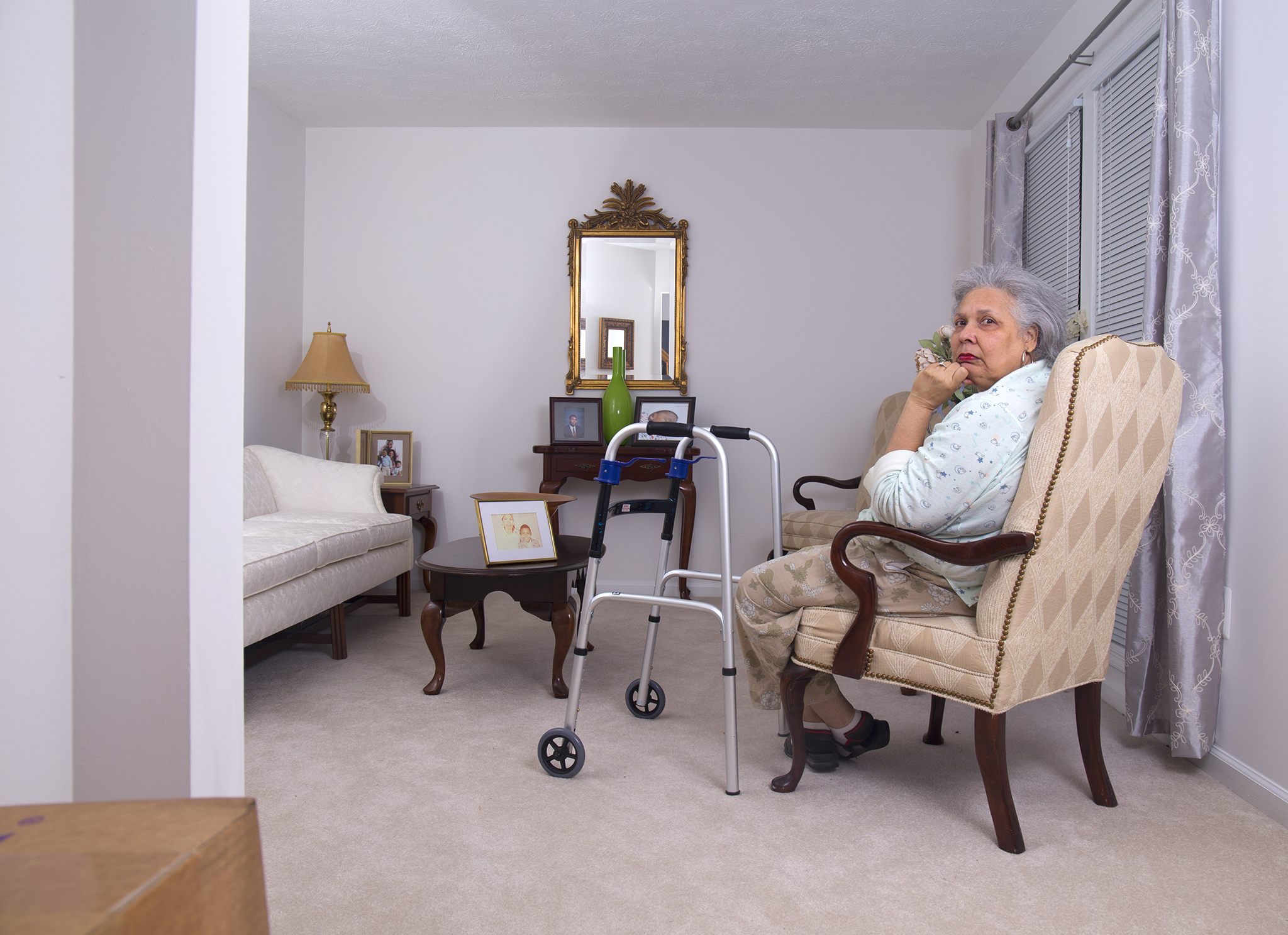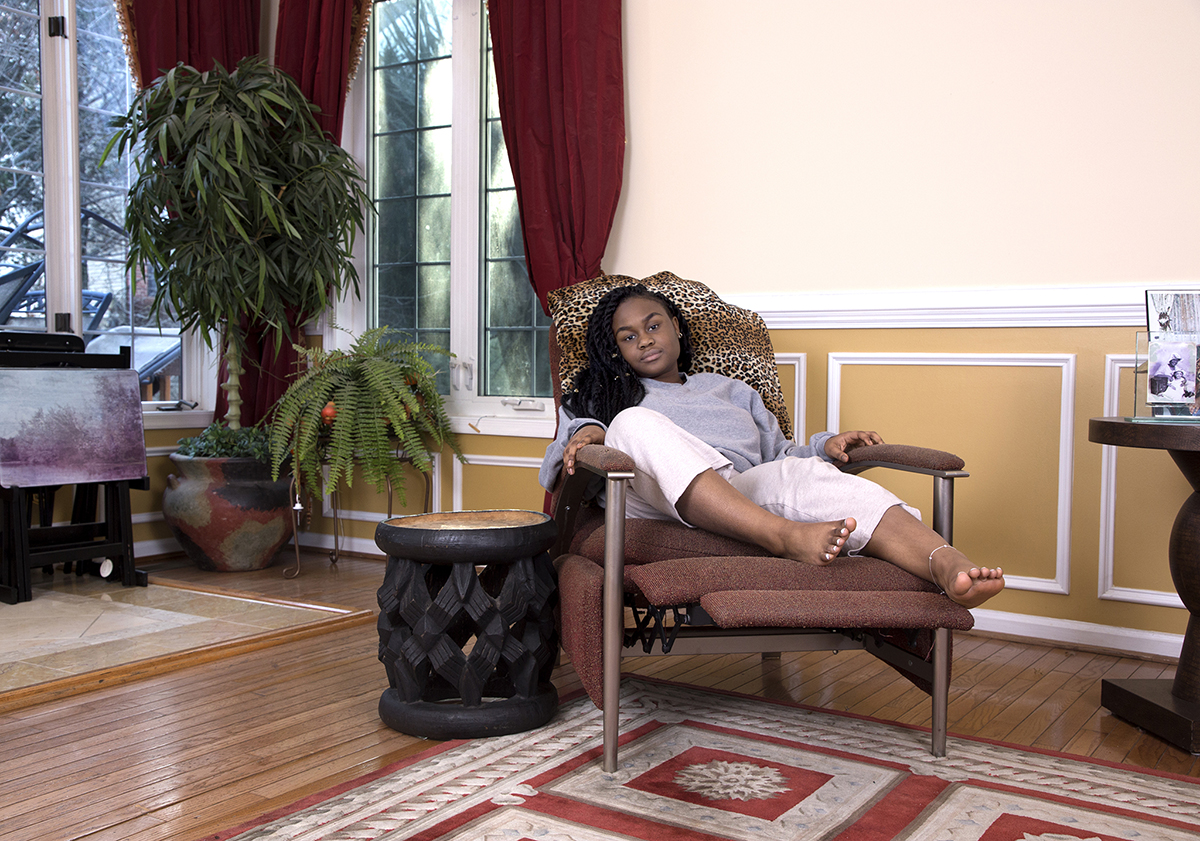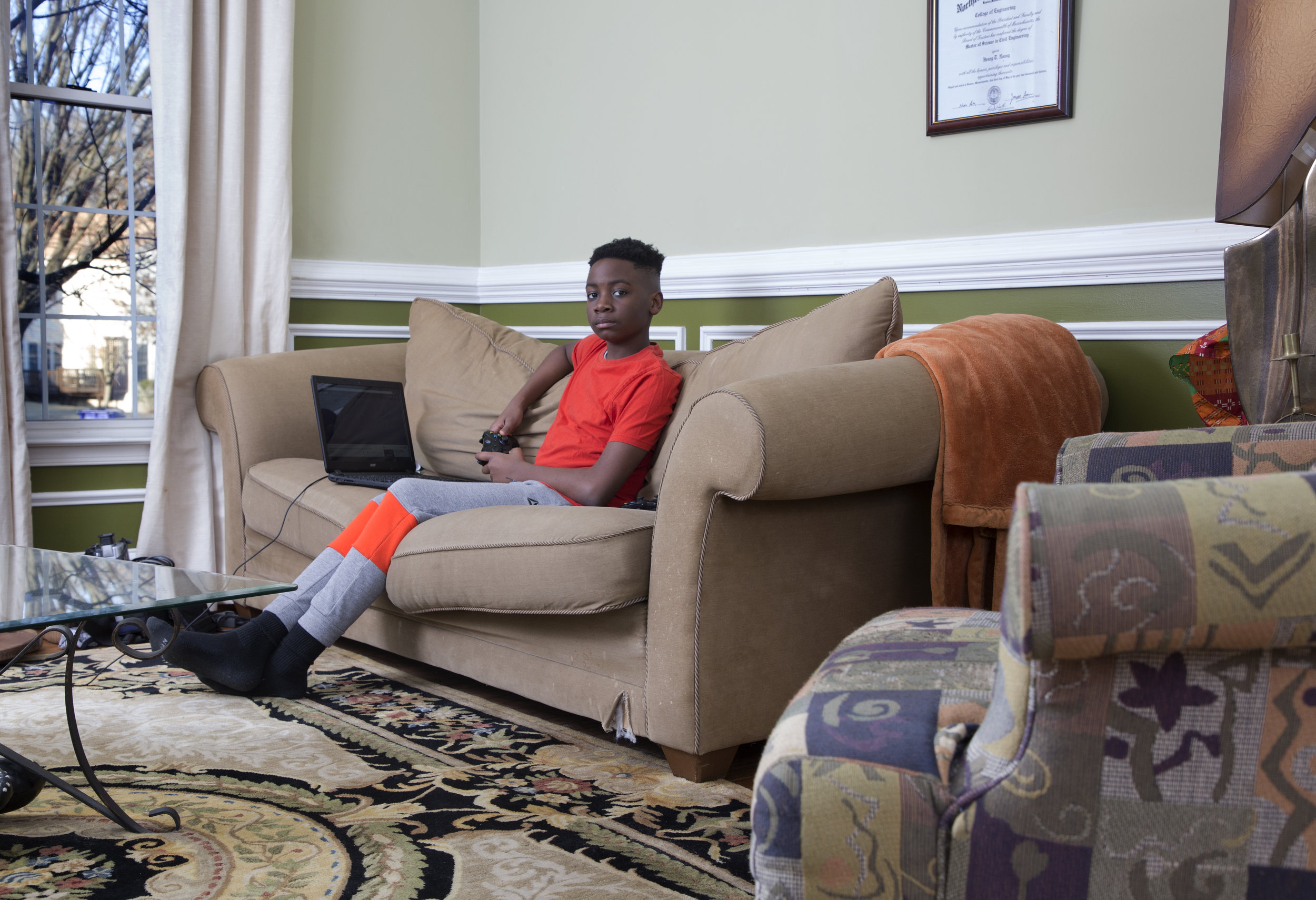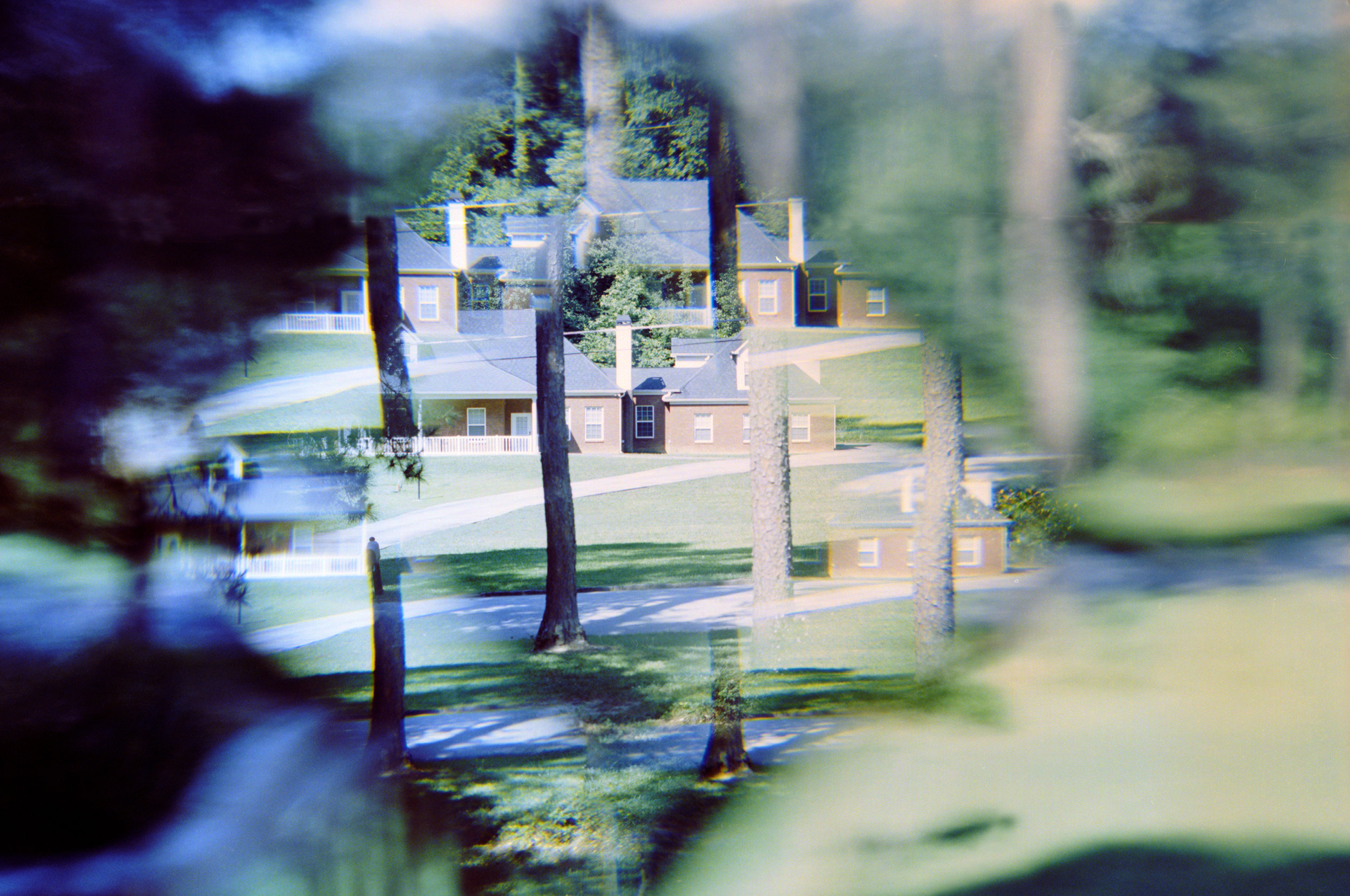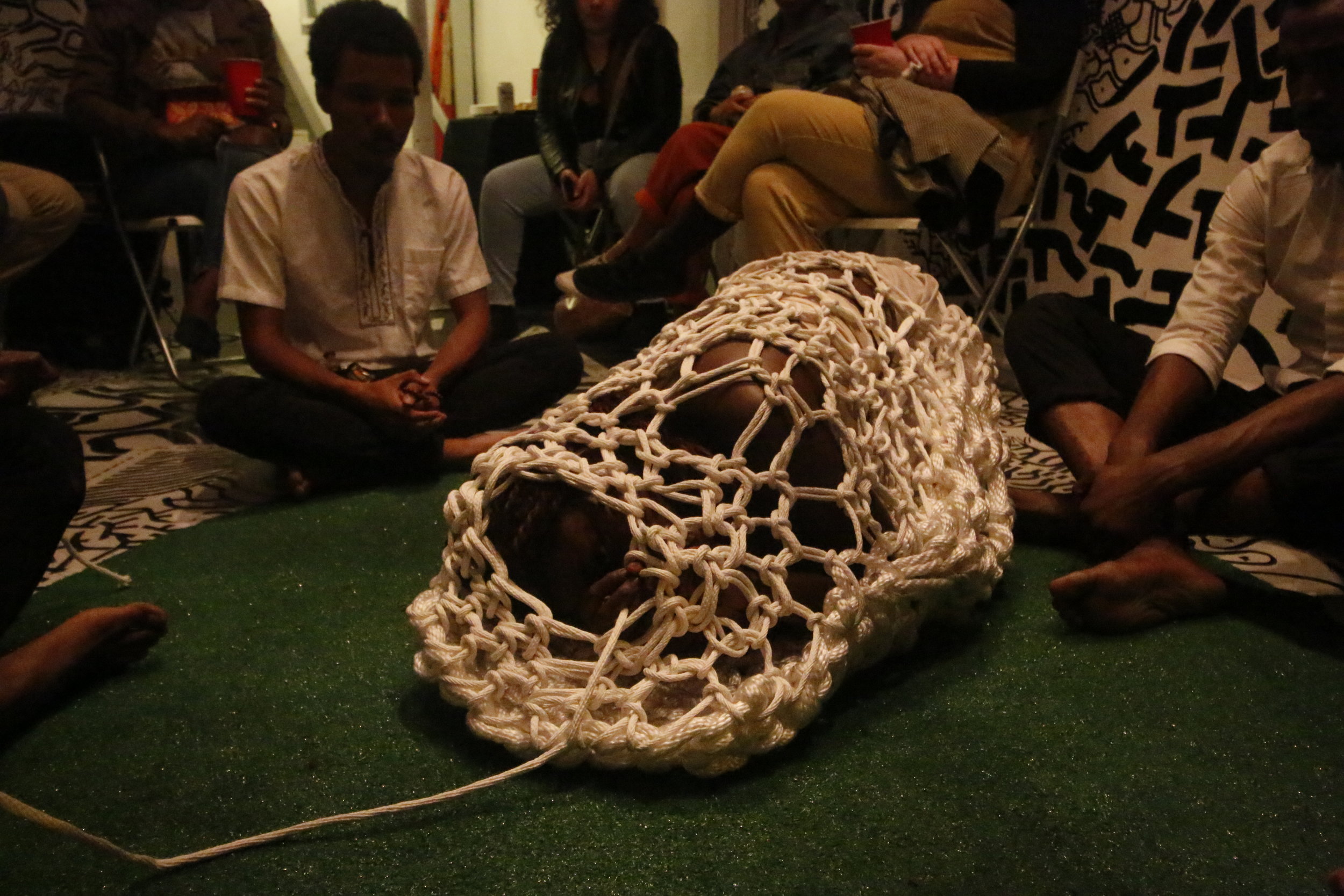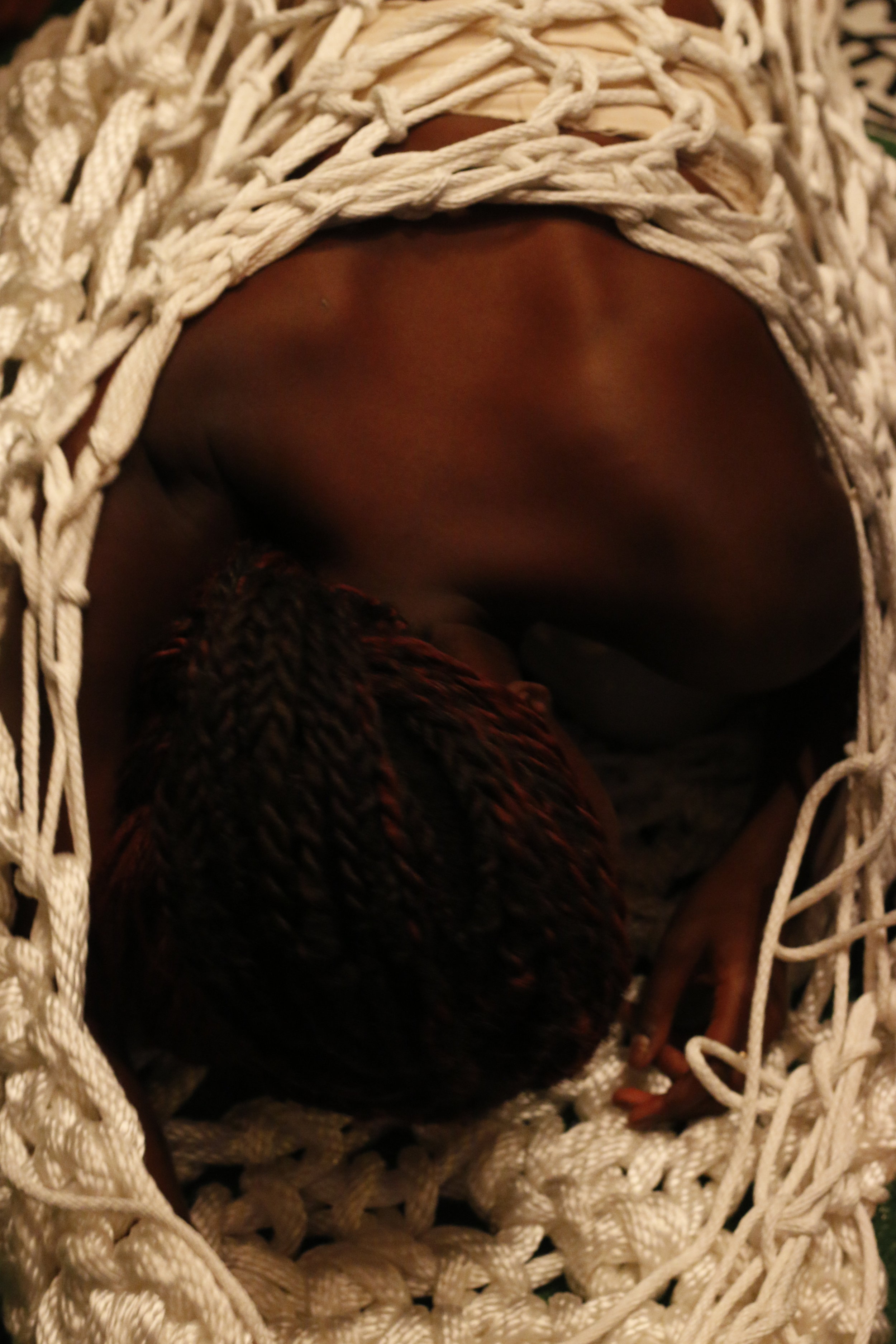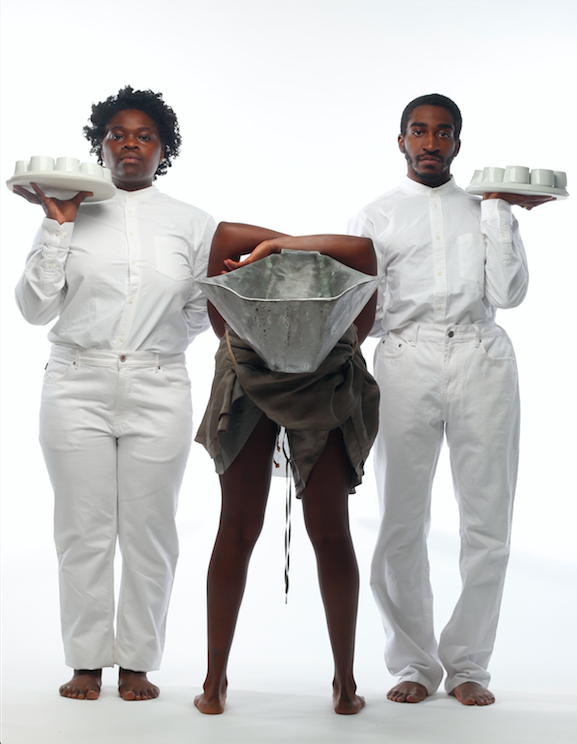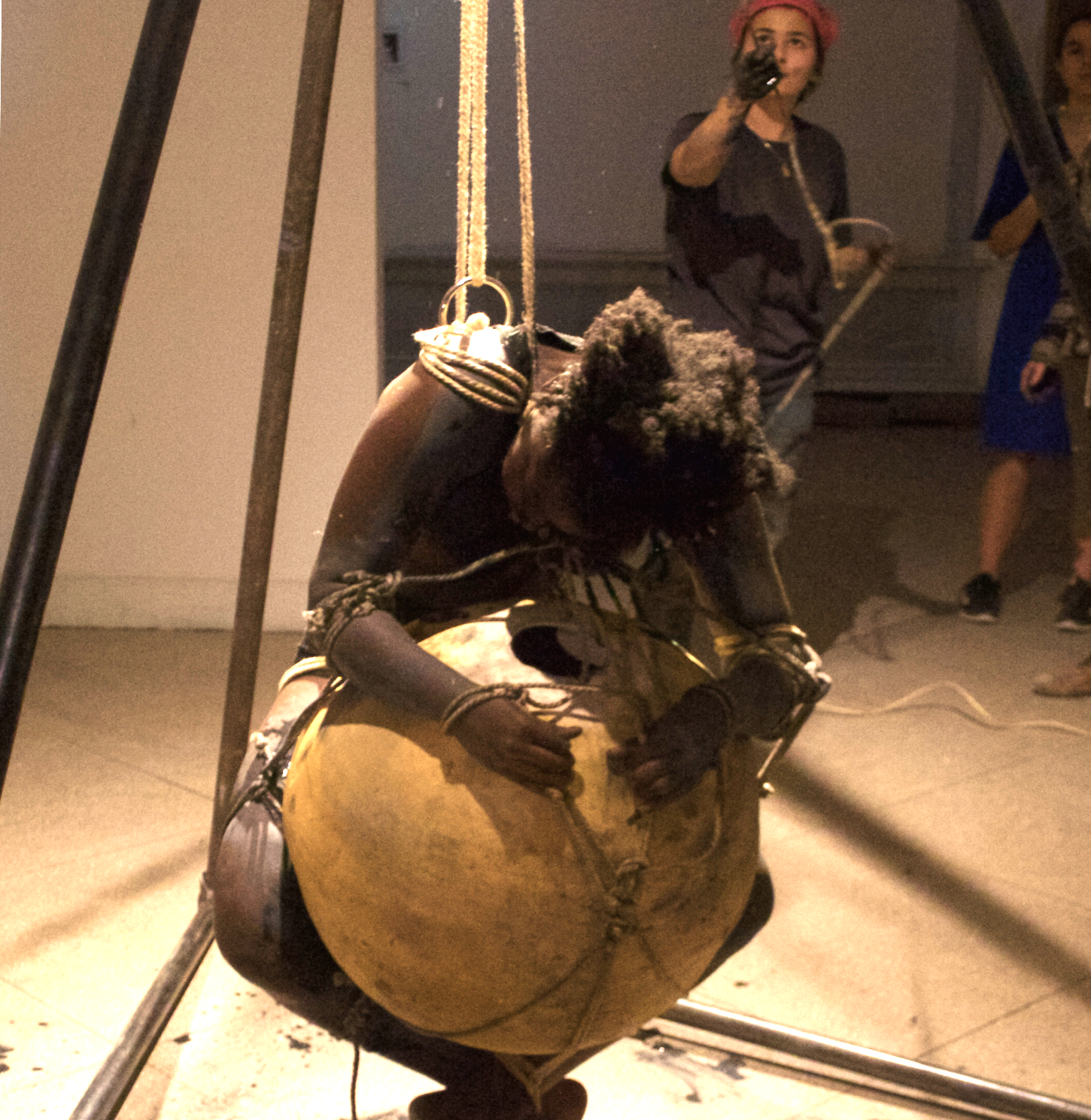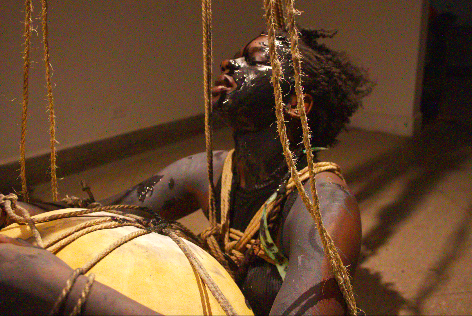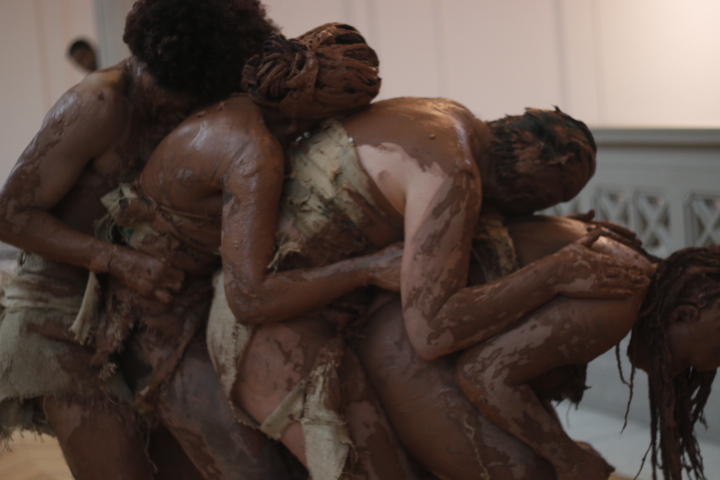Amber Eve Anderson is a multidisciplinary artist and writer whose work is rooted in ideas of home and displacement, often combining aspects of the digital and the real. She received a BFA from the University of Nebraska-Lincoln in 2005 and an MFA from the Mount Royal School of Art multidisciplinary program at MICA in 2016. In 2019 she received an Individual Artist Award in Media from the Maryland State Arts Council. Her work has been exhibited in group shows throughout the United States, as well as in Canada, Finland, Morocco, and Peru. She has been awarded residencies at Wagon Station Encampment in Joshua Tree, CA and the Kimmel Harding Nelson Center for the Arts in Nebraska City. She currently lives in Baltimore where she serves on the Advisory Board of the Institute of Contemporary Art in and is a regularly contributing writer at BmoreArt.
Artist statement
From a lifetime in Nebraska to a decade in South America, the Middle East, and North Africa, my conceptual, multidisciplinary work is rooted in ideas of home and the experience of displacement. I mine personal histories to construct universal narratives. Imbued with a sense of longing, the work is poetic and precise, playful and poignant. I attach nostalgia to the mundane—everyday objects acting as points of entry into the work. I collect and arrange—actions of accrual and order—attempts at orienting myself in my surroundings. I negotiate shifting memories and digital constructs, collapsing distances of time and space, grasping at permanence, a gesture in futility.


